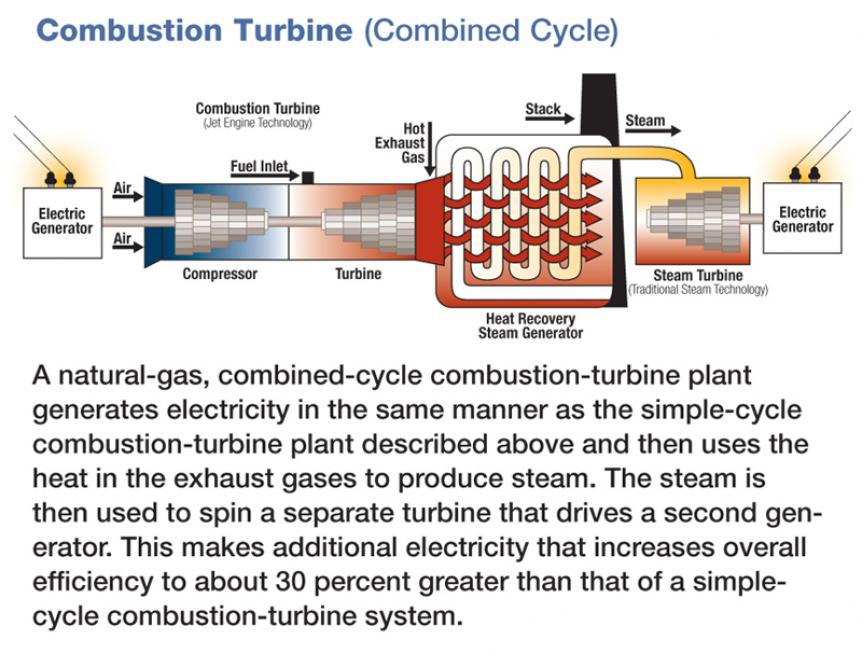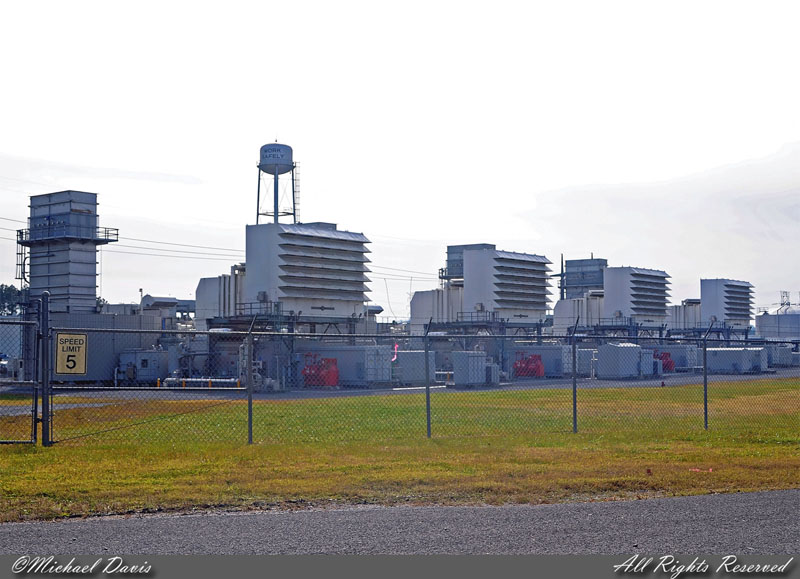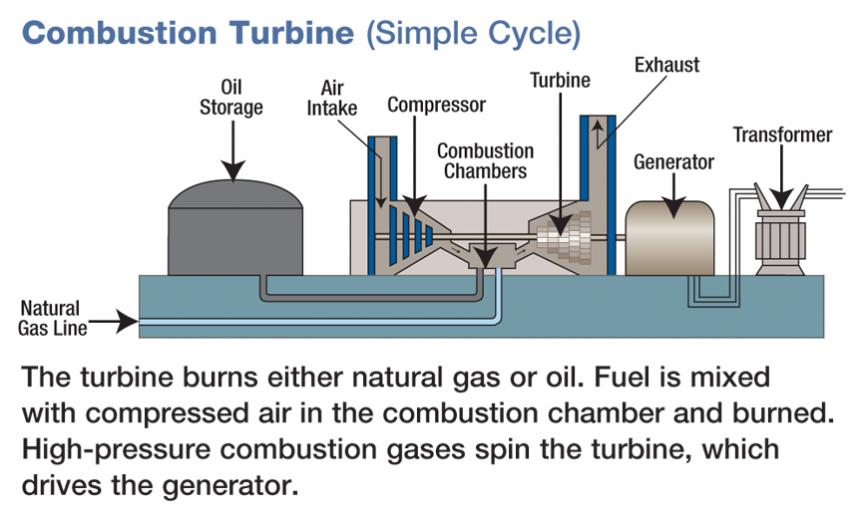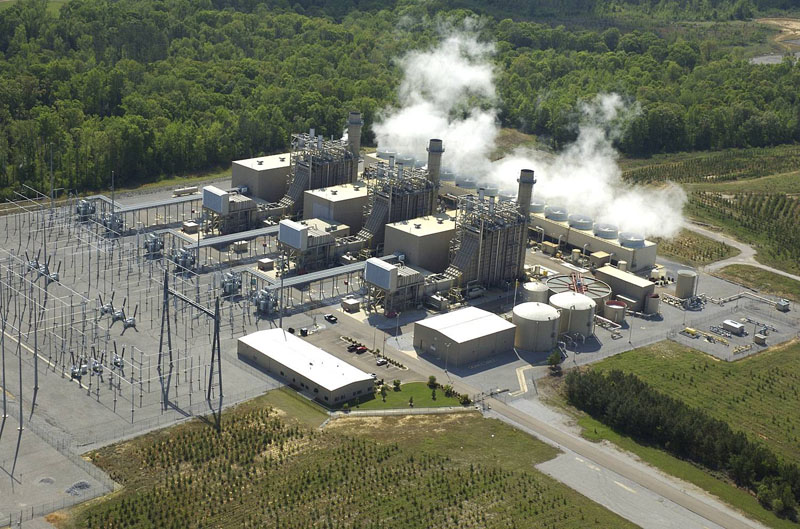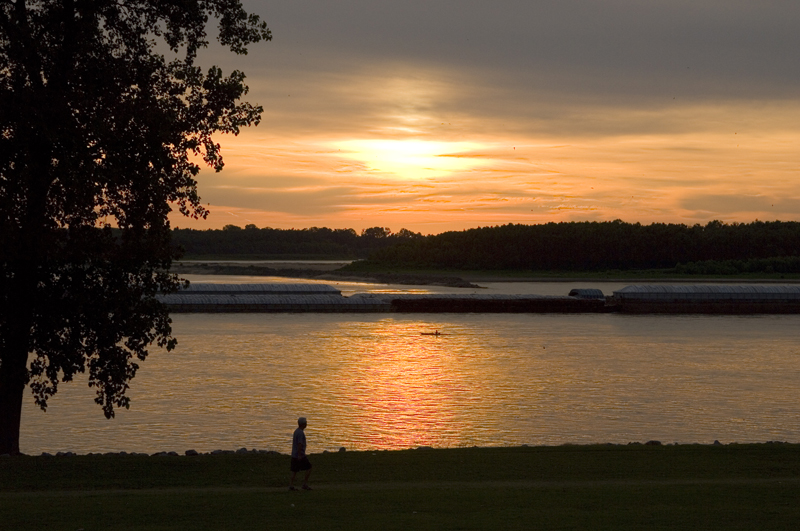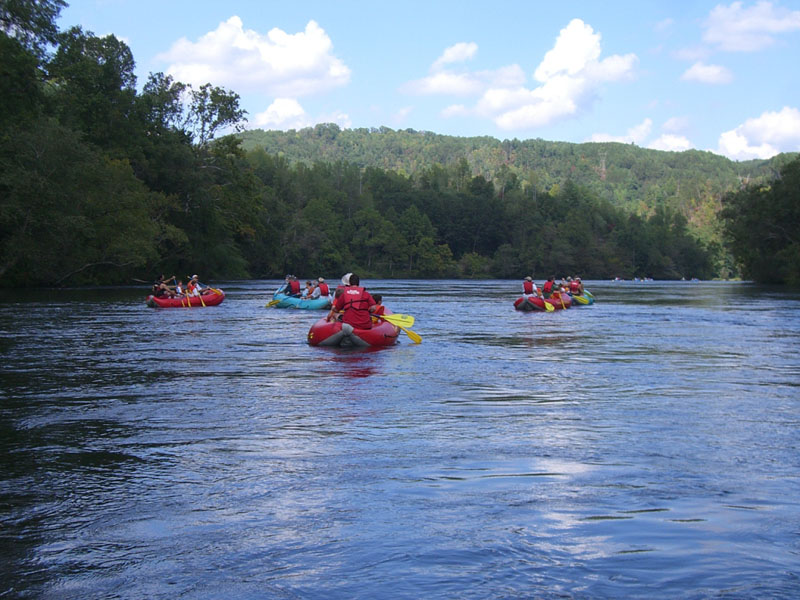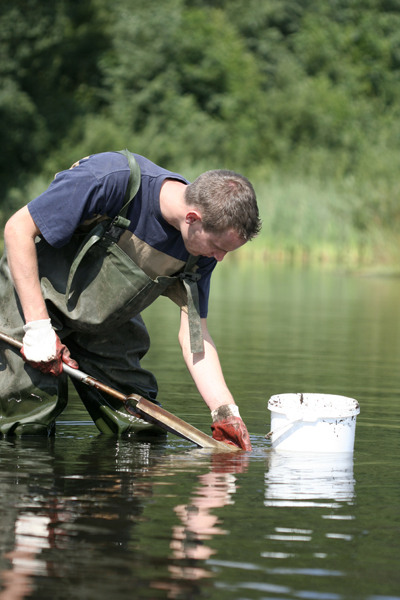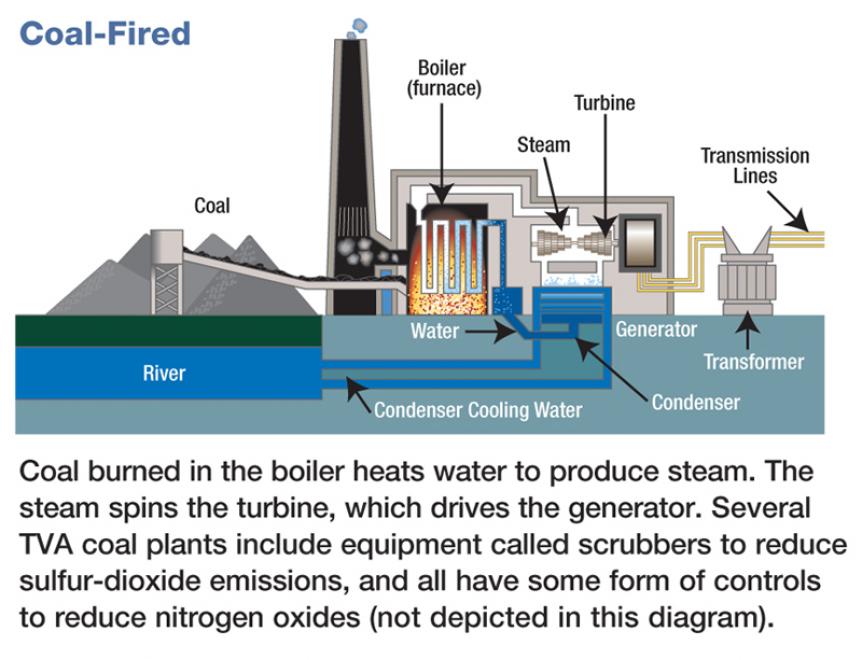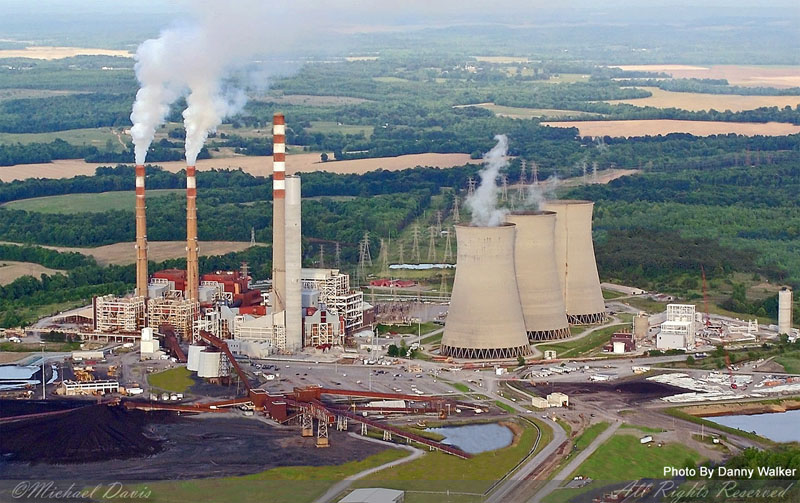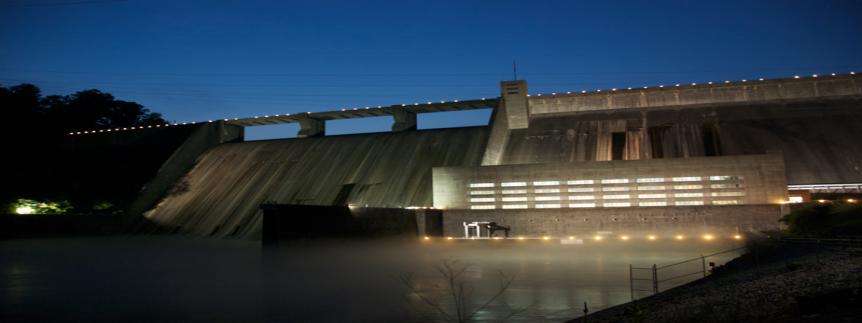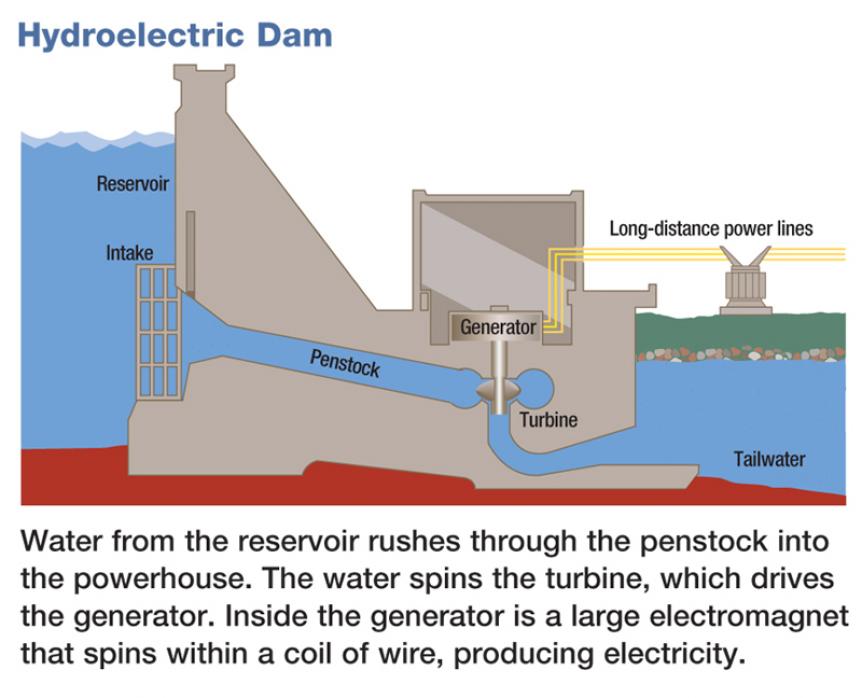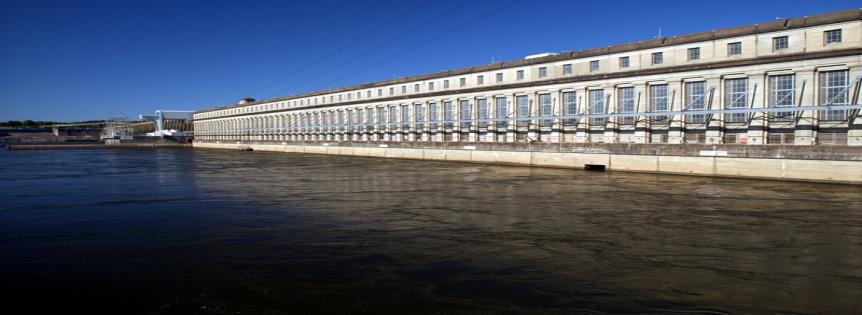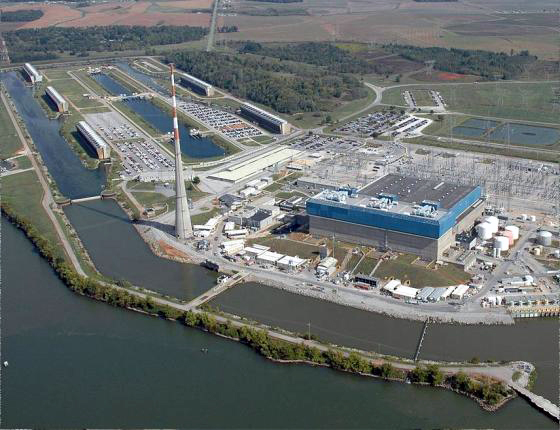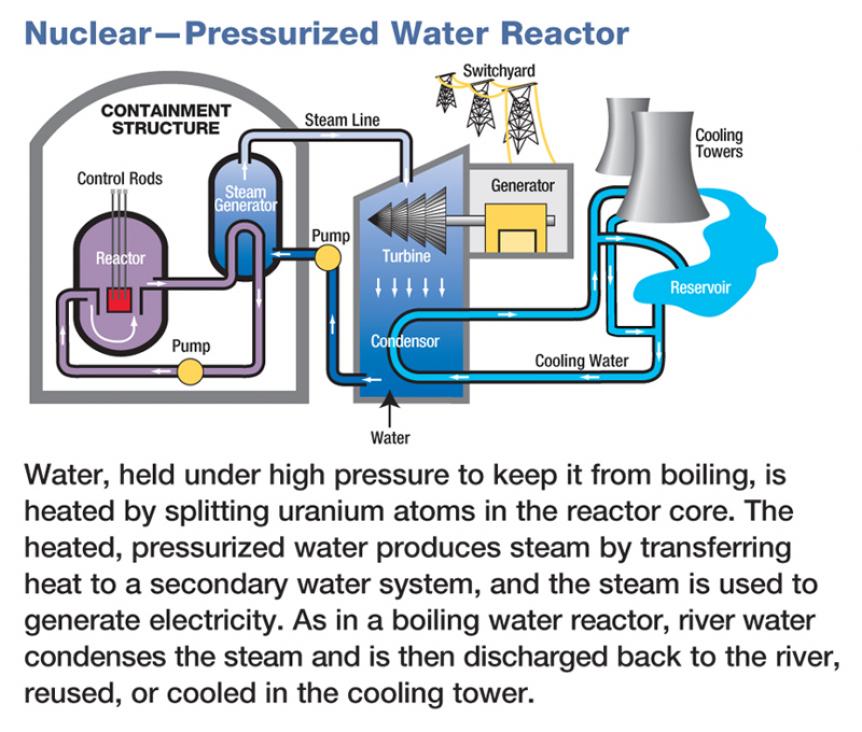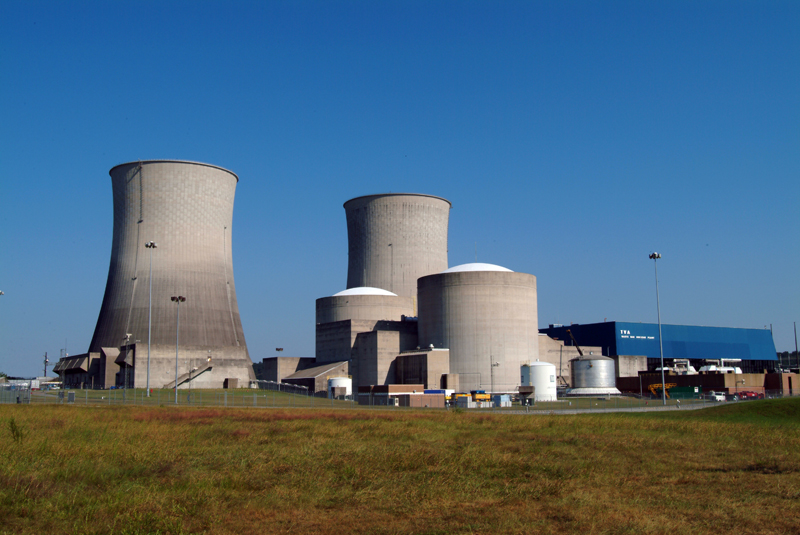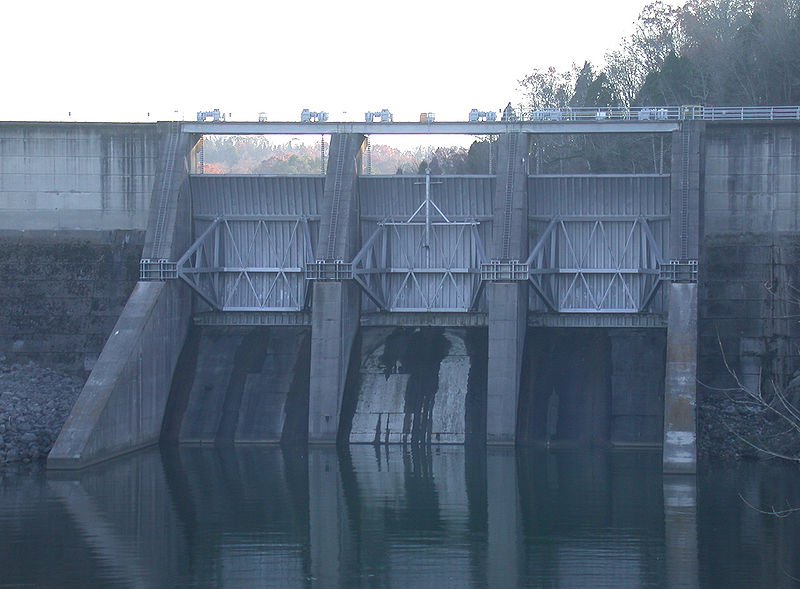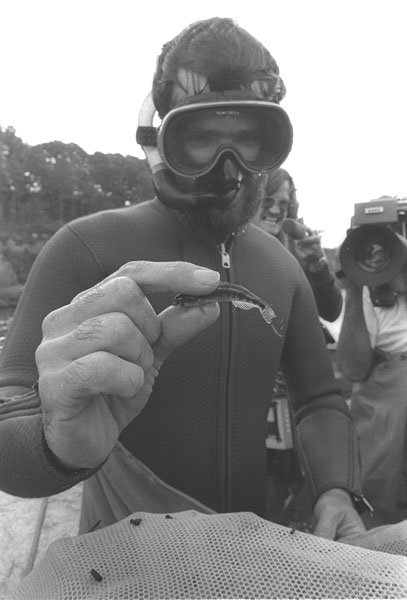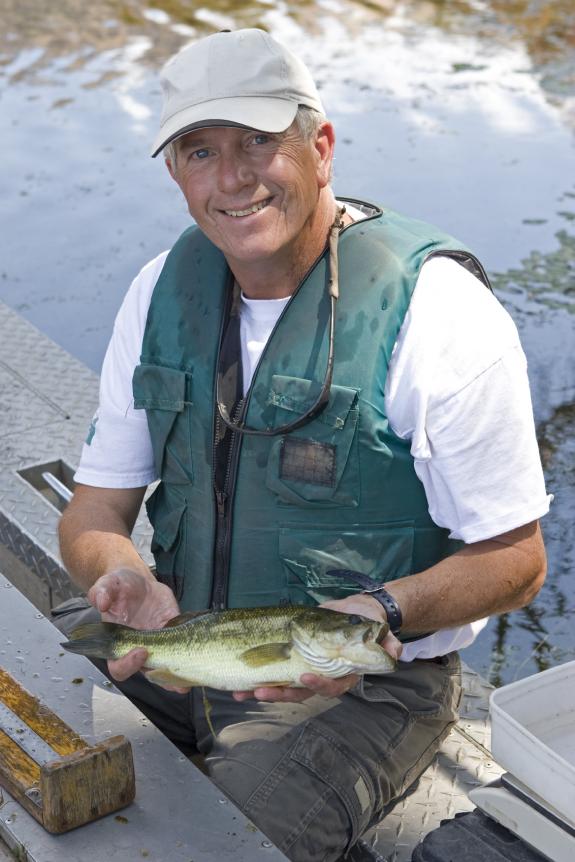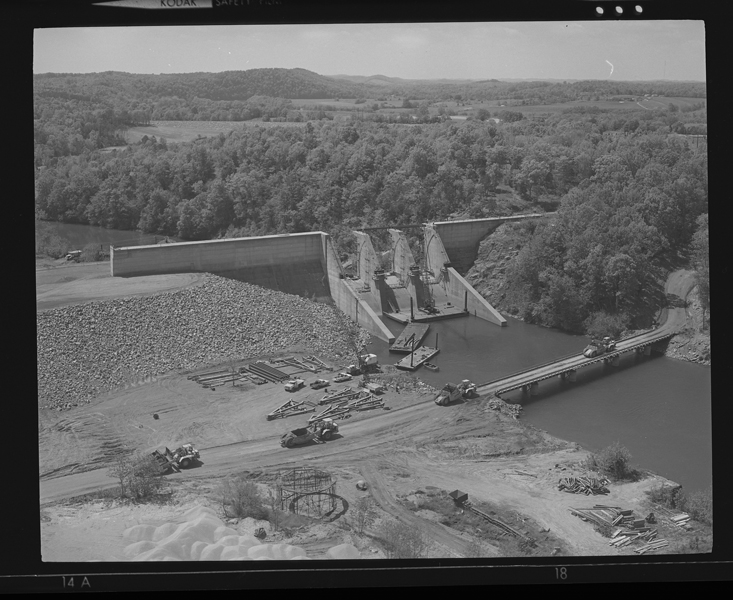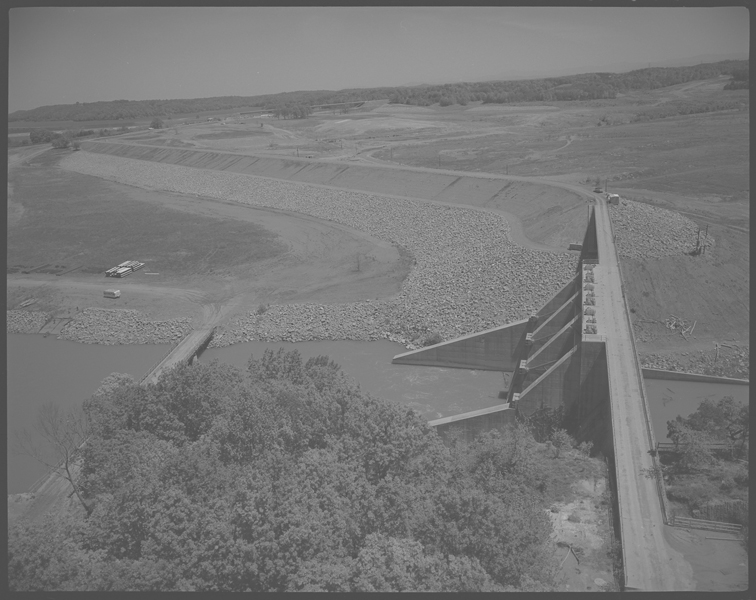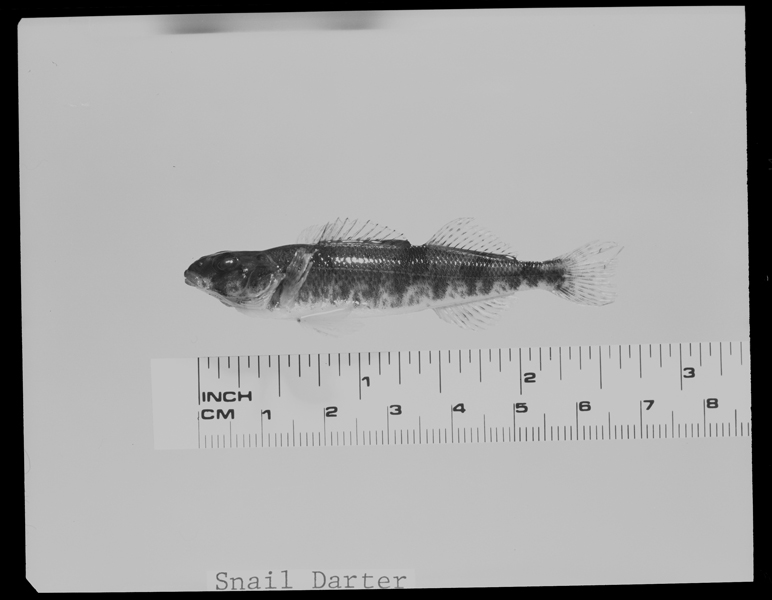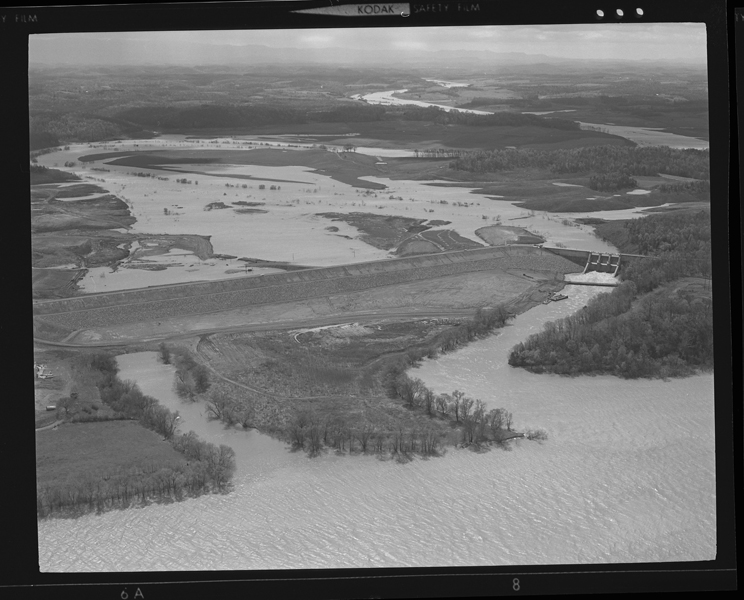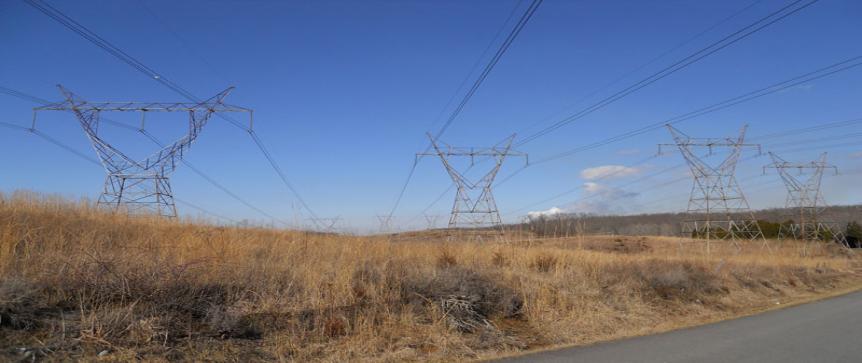ADDITIONAL RESOURCES
Tellico Dam: Before & After
In 1978, TVA's Tellico Dam, located in Loudon County, Tennessee, became the subject of controversy. The original purpose of the dam was not for power production, but water recreation and economic development. The plan was to enact eminent domain to 16,000 acres of land, then create a huge lake as well as new waterfront building developments that would bring more businesses and more jobs so that the region could prosper financially.
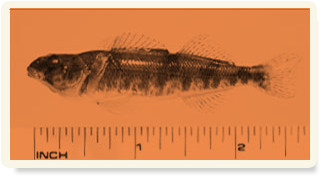

But farmers, environmentalists, biologists and Native Americans all protested. If the dam were built, farmers said, they would lose thousands of acres of fertile farmland. Cherokee Indians were angry because the building of the dam would cause them to lose sacred sites. The more successful of the protesters, however, were the scientists, or aquatic biologists. They found a little fish in the Little Tennessee River called the Snail Darter, which was originally discovered by D.A. Etnier in 1973. It was originally listed on the endangered species list in November 1975, and the biologists knew that the Endangered Species Act of 1973 prohibited actions that would lead to a species' extinction.
Although the Snail Darter was found in a few other streams and rivers in the Tennessee River system, it was still rare, and the Little Tennessee River contained a more highly suitable habitat of all the rivers where the fish occured at that time. Fish were moved to other rivers where they did not previously occur in an attempt to keep this species from going extinct. Aside from the Snail Darter, hundreds of other aquatic species were eliminated from the reach of the river impounded by Tellico Dam, including fish, mussels, crayfish and Snails. Though the dam was already 95 percent built, the scientists took their fight to the government to stop its completion. Tennessee Senator Howard Baker, however, said that tearing the dam down would cost the local people more money than completing it would, and he supported an amendment to the Endangered Species Act that would allow the completion of the dam and the possible extinction of the Snail Darter. President Jimmy Carter signed a bill that contained the amendment, and Tellico Dam was completed. While many farmers, environmentalists, scientists and Native Americans still hold negative feelings toward TVA for building Tellico Dam, its completion didn't spell the end of the Snail Darter. The fish was later discovered in other parts of the Tennessee River.
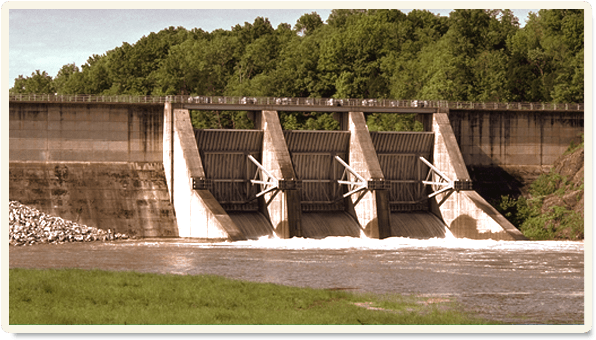
Terms and Definitions
| Term | Definition |
|---|---|
| Act | The formal product of a legislative body: statute; also: a decision or determination of a sovereign, a legislative council, or a court of justice. |
| Asbestos | Any of several minerals (as chrysotile) that readily separate into long flexible fibers, that cause asbestosis and have been implicated as causes of certain cancers, and that have been used especially formerly as fireproof insulating material. |
| Atomic Bomb | A bomb whose violent explosive power is due to the sudden release of energy resulting from the splitting of nuclei of a heavy chemical element (as plutonium or uranium) by neutrons in a very rapid chain reaction--also called atom bomb. |
| Bill | A form or draft of a proposed statute presented to a legislature, but not yet enacted or passed and made law. |
| Biodiversity | Total amount of genes, species, and ecosystems of a region. |
| Biologist | A scientist who studies living organisms. |
| Blackout | The total loss of power to an area resulting from power stations tripping, and may last from a few minutes to a few weeks depending on the nature of the blackout and the configuration of the electrical network. |
| Coal Energy | Non-renewable energy from firing pulverized coal, which is used to produce half of the nation's electrical energy needs. |
| Coal Fired Plant | A power station that burns fossil fuels such as coal, natural gas or petroleum (oil) to produce electricity. |
| Douglas Dam | A hydroelectric dam on the French Broad River in Sevier County, Tennessee, in the southeastern United States. The dam is operated by the Tennessee Valley Authority (TVA), which built the dam in record time in the early 1940s to meet emergency energy demands at the height of World War II. |
| Economist | A social science concerned chiefly with description and analysis of the production, distribution, and consumption of goods and services, economic theory, principles, or practices. |
| Ecosystem | The complex community of organisms and its environment functioning as an ecological unit |
| Eminent Domain | The power of the state to purchase private property for public use with payment of compensation to the owner. |
| Endangered Species Act | One of the dozens of U.S. environmental laws passed in the 1970s. This act was designed to protect critically imperiled species from extinction due to unchecked economic growth and development. |
| Environmentalist | One who is concerned about environmental quality, especially of the human environment with respect to the control of pollution. |
| Fat Man | The code name for the plutonium-core, implosion-type atom bomb the U.S. first tested and then dropped on Nagasaki in 1945. |
| Fontana Dam | A TVA-operated hydroelectric dam on the Little Tennessee River in Swain County and Graham County, N.C. The dam was built in the early 1940s to accommodate the skyrocketing electricity demands in the Tennessee Valley at the height of World War II. |
| Fossil Fuel | Any combustible organic material derived from the remains of former life. Coal, oil and natural gas currently provide more than 85% of all the energy consumed in the United States, nearly two-thirds of our electricity, and virtually all of our transportation fuels. |
| Great Depression | The economic crisis and period of low business activity in the U.S. and other countries, roughly beginning with the stock-market crash in October 1929, and continuing through most of the 1930s. |
| Gypsum | A widely distributed mineral consisting of hydrous calcium sulfate that is used especially as a soil amendment and in making plaster of paris. Also known as drywall. |
| Habitat | The place or environment where a plant or animal naturally or normally lives and grows. |
| Hydroelectric Power | The most widely used form of renewable energy; hydroelectric power is derived from the force or energy of moving water. |
| Kilowatt | 1,000 watts of power. |
| Kilowatt Hour | A measure of energy equaling 1 kilowatt of power running for an hour. If you run a 60W light bulb for 1 hour, you use 60 watt hours of energy. |
| Legislation | The act of making or enacting laws. |
| Lifecycle | The series of stages in form and functional activity through which an organism passes between successive recurrences of a specified primary stage. |
| Little Boy | The code name for the uranium-fueled atomic bomb dropped by the U.S. on Hiroshima in 1945. |
| Niche | A habitat supplying the factors necessary for the existence of an organism or species. |
| Norris Dam | A hydroelectric and flood control structure located on the Clinch River in Anderson County and Campbell County, Tennessee. Its construction in the mid-1930s was the first major project for the TVA, which had been created in 1933 to bring economic development to the region and control the rampant flooding that had long plagued the Tennessee Valley. |
| Nuclear Energy | Energy released by reactions within atomic nuclei, as in nuclear fission or fusion. |
| Particle Board | A composition board made of very small pieces of wood bonded together. |
| Petition | A formally drawn request, often bearing the names of a number of those making the request that is addressed to a person or group of persons in authority or power, soliciting some favor, right, mercy, or other benefit. |
| Power Grid | A network of conductors for distribution of electric power. |
| Salary | A fixed compensation periodically paid to a person for regular work or services. |
| Snail Darter | A darter (Percina tanasi) of the Tennessee River drainage system of eastern Tennessee and northern Georgia. |
| Steam Turbine | A mechanical device that extracts thermal energy from pressurized steam and converts it into rotary motion. |
| Tellico Dam | A dam built by the Tennessee Valley Authority (TVA) in Loudon County, Tennessee on the Little Tennessee River just above the main stem of the Tennessee River. Construction of the dam was controversial and marks a turning point in American attitudes toward dam construction. |
| Trophic Level | A trophic level of an organism is its position in a food chain. Levels are numbered according to how far particular organisms are along the chain from the primary producers [plants] at level 1, to herbivores (level 2), to predators (level 3), to carnivores or top carnivores (level 4 or 5). |
| TVA | The Tennessee Valley Authority, or TVA, is the largest public power company in the United States. TVA carefully manages one of the nation's largest river systems to reduce flood damage, make rivers easier to travel, provide power, provide recreation, and keep the water clean. |
| Wage | The share of the products of industry received by labor for its work. |
| Wallboard | A structural boarding of any of various materials (as wood pulp, gypsum, or plastic) made in large rigid sheets and used especially for sheathing interior walls and ceilings. |
| Zero Carbon Footprint | Refers to achieving net zero carbon emissions by balancing a measured amount of carbon released with an equivalent amount sequestered or offset. |
Community Partners
Science Photos
Combustion Plants
Environmental Stewardship
Fossil Plants
Green Power
Hydroelectric Plants
Modern Living
Nuclear Plants
Tellico
Transmission
LESSON 1:
OUT OF THE DARKNESS

The Tennessee Valley Authority and the Great Depression
Learn TVA’s role in the development of the Tennessee Valley during and after The Great Depression. Teach your students how a region once plagued by high unemployment, floods, disease and poor farming conditions began to thrive with the introduction of electricity.
LESSON 2:
THE TENNESSEE VALLEY AND THE WAR EFFORT

Oak Ridge, Fontana and the TVA
What was the Tennessee Valley’s role in World War II? Discover how Fontana Dam, Oak Ridge and the Tennessee Valley Authority each contributed to influence the outcome of World War II.






